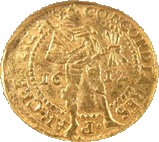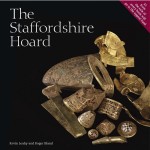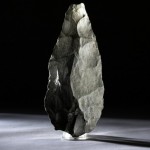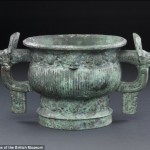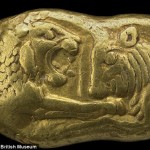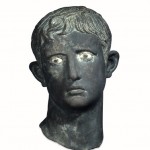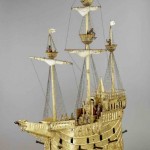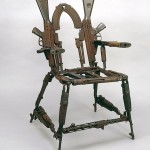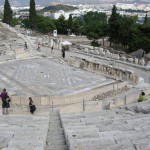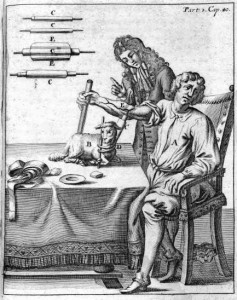 In honor of its 350th anniversary, British academy the Royal Society has created a timeline of the past 350 years of scientific discovery as seen through 60 original papers marking some of the most important milestones in the history of science.
In honor of its 350th anniversary, British academy the Royal Society has created a timeline of the past 350 years of scientific discovery as seen through 60 original papers marking some of the most important milestones in the history of science.
The site is called Trailblazing, and it’s an easily navigable, easily browsable voyage of discovery through subjects as diverse as Boyle’s paper describing the first live blood transfusion from dog to dog in 1666, to the discovery of a comet by first recognized female scientist Caroline Herschel in 1794, to solar flares observed from the Hintori satellite in 1991.
The creators of Trailblazing say it is a “go-at-your-own-pace” virtual journey through science which the Royal Society hopes will inspire members of the public to see science as part of everyday life and culture.
Martin Rees, president of the Royal Society, said the papers showed “a ceaseless quest by scientists over the centuries…to test and build on our knowledge of humankind and the universe.”
“They represent those thrilling moments when science allows us to understand better and to see further,” he added.
It also showcases how science has been done almost unawares, like Captain James Cook who figured out way back in 1776 how to prevent scurvy in his men by feeding them pickled cabbage, lemons and malt.
The 60 articles were chosen from among 60,000 published by the Royal Society, including in august journals like Philosophical Transactions, the oldest continually published science journal in the world.
The Royal Society will be celebrating its anniversary in many other ways as well. There will be a nine-day science and arts festival next summer, a variety of lectures open to the public, debates at the Society’s London headquarters, and partnership exhibits with museums and galleries that spotlight the achievement of science as a discipline and individual luminaries of the field.
